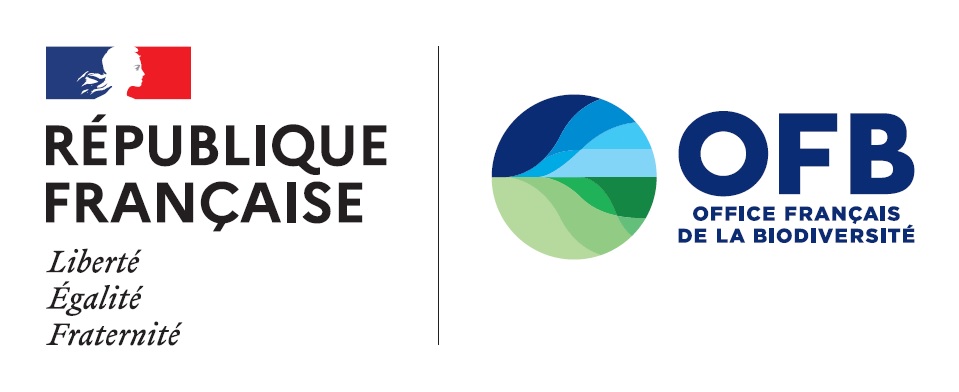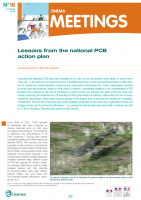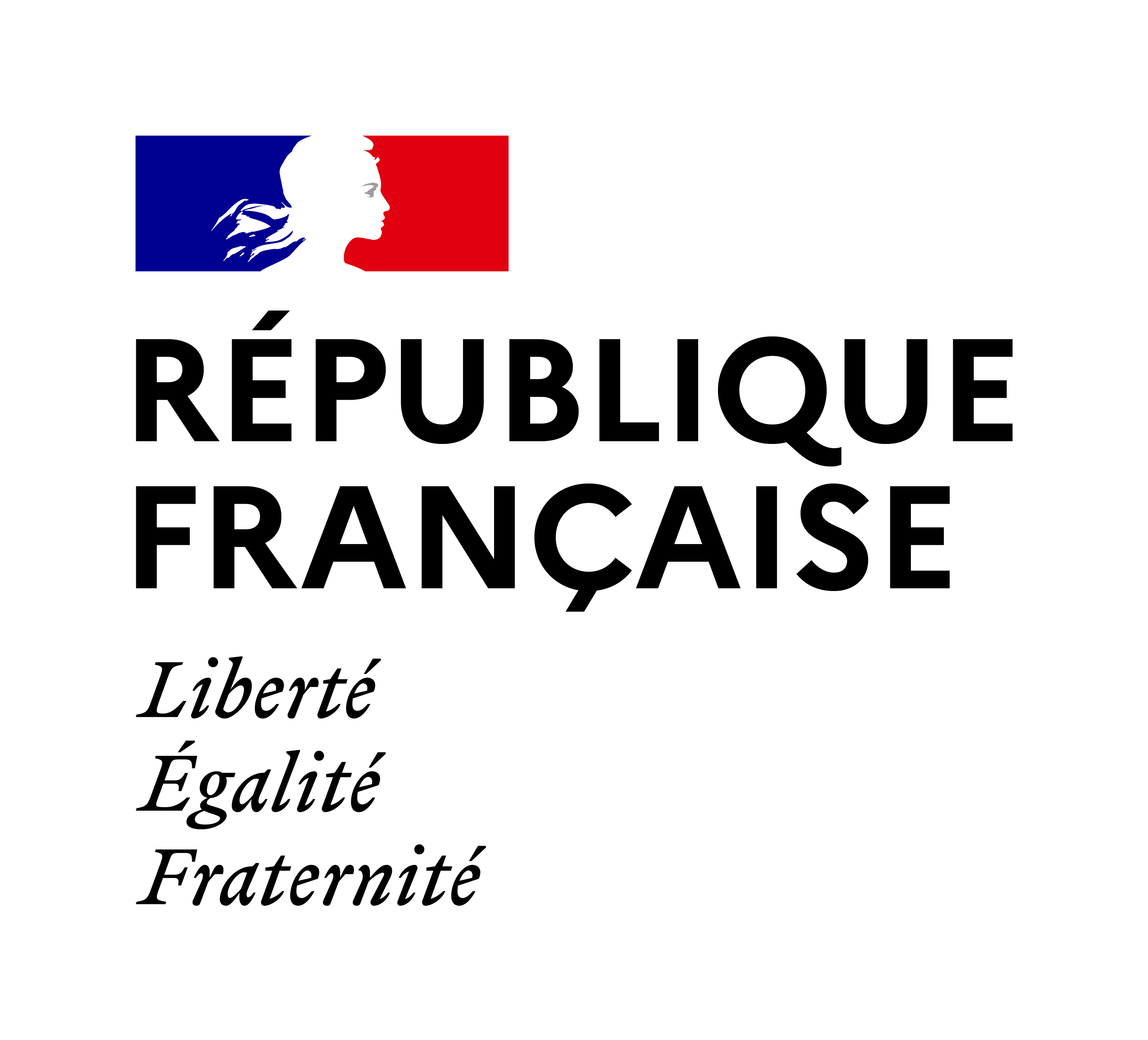Lessons from the national PCB action plan - n°18
Polychlorinated biphenyls (PCB) have been forbidden for 25 years, but are still present at the bottom of many French rivers and... in the flesh of the animals living there. A spotlight was thrown on this long-standing pollution in 2006 when the EU adopted new health standards concerning the consumption of freshwater fish. France subsequently launched an action plan that produced, thanks to 3 years of research, considerable progress in our understanding of PCB transfers from sediment to fish and of the degree to which humans are exposed. The goals of the plan were met, notably concerning the establishment of thresholds for PCB contamination of sediment, above which fish are no longer suitable for consumption. These results raise the question of the lessons to be drawn from this situation for «emerging» contaminants. That was one of the main topics of the feedback symposium for the action plan.
A meeting organised by Onema, the Ecology ministry and the University of Bordeaux 1, in a partnership with the Agriculture and Health ministries, and held on 31 May in Bordeaux.
Plan national d’actions sur les PCB : qu’avons-nous appris ? - n°18
| Meetings
| October 2012

La pollution aux polychlorobiphényles (PCB) a refait surface en 2006 avec l'adoption par l'Union européenne de nouvelles normes sanitaires pour la consommation des poissons d'eau douce. Le plan d'actions qui en a découlé en France a généré un ensemble d'avancées pour la compréhension des transferts de PCB des sédiments aux poissons, et pour la connaissance du niveau de l'exposition humaine. Compte-rendu.





